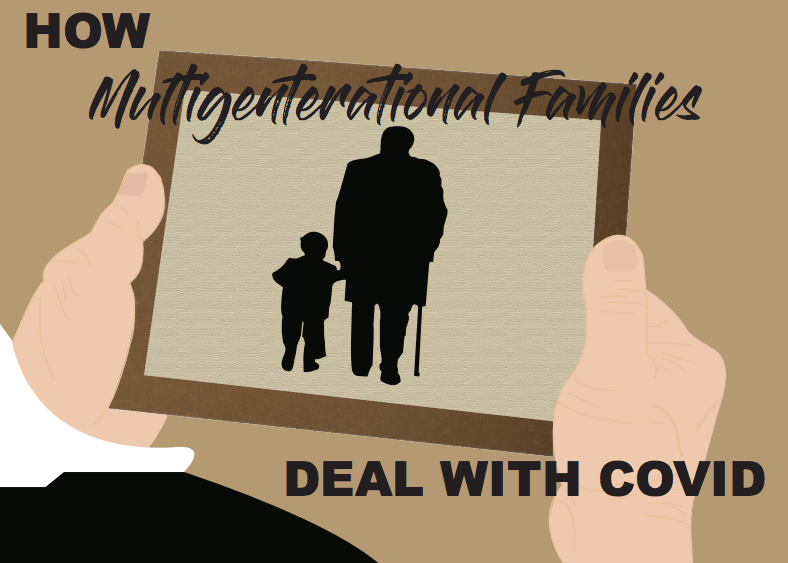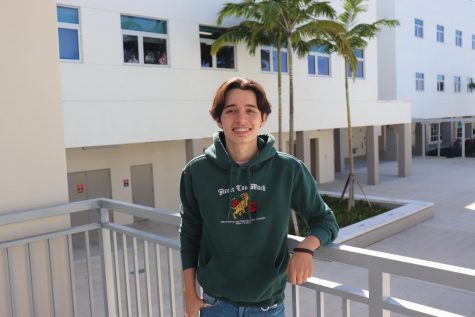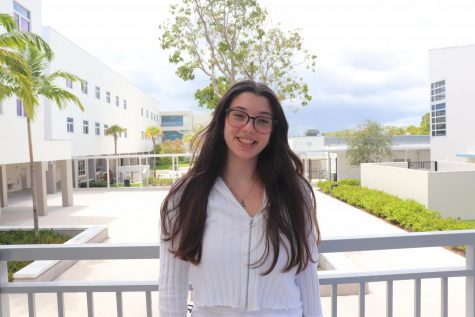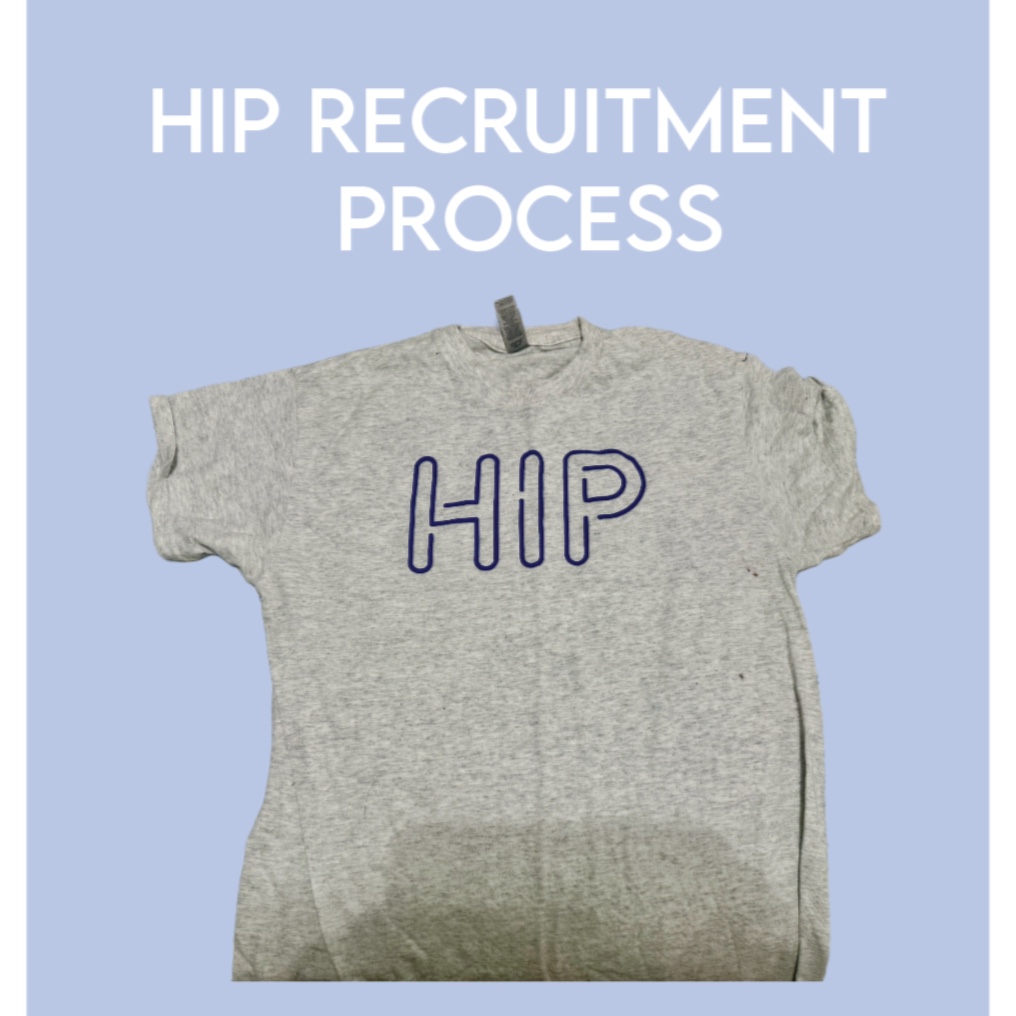How Multigenerational Families Deal With Coronavirus
September 28, 2020
On Sept. 22, the Miami-Dade County Public School district passed a unanimous vote in favor of a staggered reopening plan that intends to start reopening schools by Oct. 11.
The staggered reopening plan intended to send back the students whose parents had chosen the district’s Schoolhouse model for stage two. However, as of now, parents may vote again on whether they want their students to resume brick-and-mortar or continue online school. The school district aims to have all grades functioning physically by Oct. 21st.
For some, the idea of going back to school already seems complicated. However, multi-generational households have an additional set of concerns to address before they make any decisions. Although not the most typical living arrangement, multigenerational households have been on the rise. As of 2016, 20% of Americans lived in multigenerational households, according to Pew Research Center.
For Aanzia Baid, a senior at Miami Palmetto Senior High School, COVID-19 has required her family to change their dynamic. Though not in contact with patients directly, Baid’s parents (who are frontline healthcare workers) still have to work physically — with the exception of two to three days days a week where they can work at home.
“My parents are both frontline healthcare workers. My dad works for OneBlood and my mom works at Baptist,” Baid said. “When they come home they have to go take showers immediately and we can’t touch them.”
Baid lives in a multigenerational household, so maintaining precautionary measures holds importance in her home.
“My grandma is almost 80 years old, so her health is very fragile. We are very strict in how much we can go out, and when we do it’s always masks on,” Baid said.
Similar to other multigenerational families, this new way of life comes as something new for everyone in the Baid household.
“Before COVID we used to hang out in big groups, but now it’s like we have to keep to ourselves,” Baid said. “My grandmother had her daily set routine and keeping her at home she’s getting bored.”
The Baid’s are not alone in this dilemma — having a larger household means more risks in relation to the spread of COVID-19. According to Business Insider, research has found a strong correlation between positive coronavirus cases and ZIP codes with larger average household sizes.
This risk increases when older adults are part of a household where younger asymptomatic individuals could infect them. A University of Oxford study found that a reason Italy fell vulnerable to the virus involved young workers commuting to their multigenerational homes with at-risk elders. With a record number of 64 million Americans living in a multigenerational household, many are put in a very vulnerable position amidst the pandemic that has claimed over 200,000 lives in the US as of Sept. 22.
For these reasons, Baid finds it better for her to stay virtual rather than going back physically.
“I’m not returning back to school. My sisters and I are staying home for school as far as probably January. I personally don’t feel comfortable with my parents working and us going back to school. It’d put my grandmother and even us at a greater risk,” Baid said.
Although Baid does not plan on returning in Oct., she wants to wait things out before she makes any decisions about staying online, or returning physically later on in the year.
“I want to see how the new school year phases out as the October 5th kids are returning before I make my choice to go back,” Baid said.
In the meantime, Baid and her family attempt to look at the positive in this pandemic.
“It’s a blessing to a certain extent because I can make more memories with my family,” Baid said.











